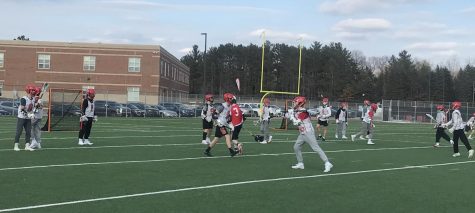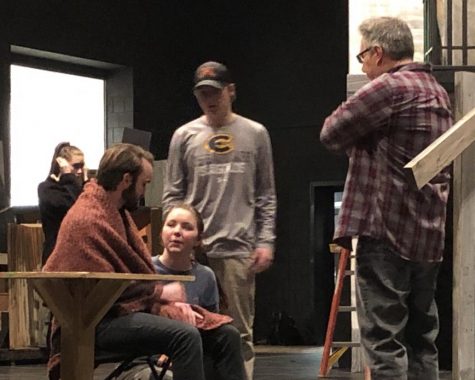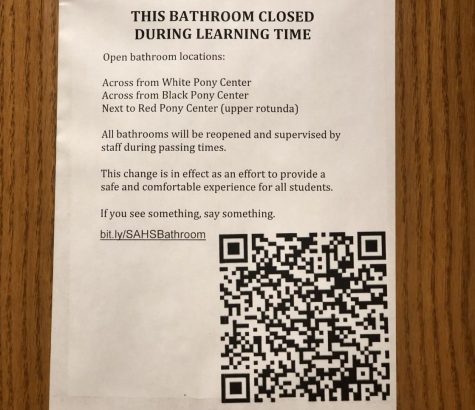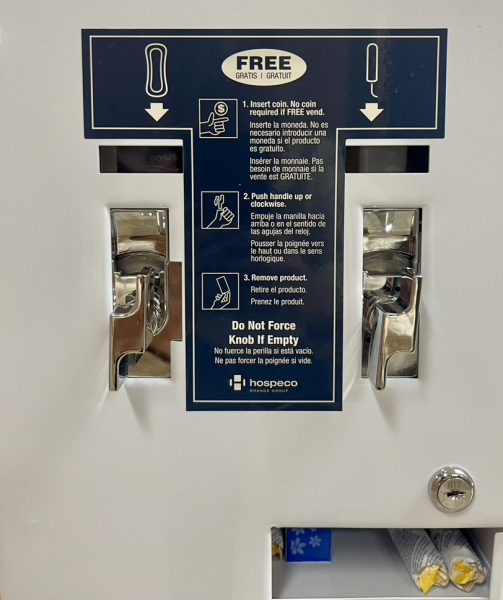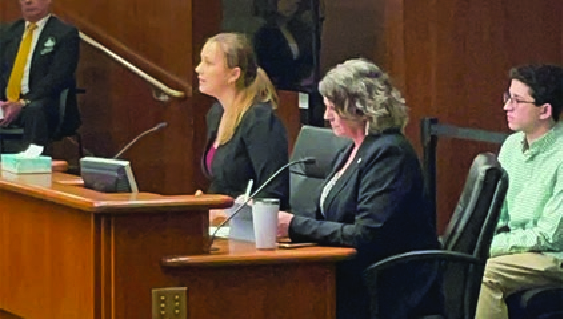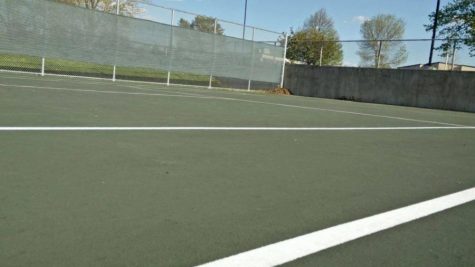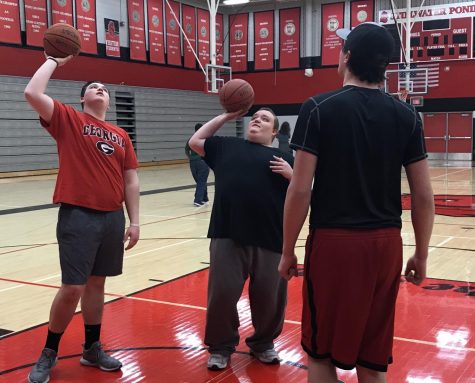CIS classes face possible cuts
The life of many high school students consists of taking advanced and challenging courses. With many options of advanced courses, such as AP and PSEO, students can stretch their learning to higher levels. Minnesota High School students have been especially fortunate with University of Minnesota College system’s College in the Schools program, however their luck may run out.
A new policy in Minnesota high schools, put in motion by a group called the Higher Learning Commission, could force teachers to have a Master’s degree or graduate degree to teach their specific subject. Along with this, the costs school districts must pay to Minnesota University system to keep CIS alive are doubling. These changes could deeply alter schools like SAHS, as many students rely on these courses to relieve the burdens of college debt.
As the policy may not explicitly be cutting the program, finding teachers with graduate level degrees in the field of subject proves difficult. This is because few CIS teachers have those credentials in the specific field of study, including CIS Human anatomy teacher Doug Long.
CIS classes are much different than AP program classes because they do not require an end of the year cumulative exam and the classroom settings are specifically made to offer students a collegiate feel.
A CIS class really introduces students to the rigor of what a college class would be like.
— Doug Long
“A CIS class really introduces students to the rigor of what a college class would be like,” Long said.
The main concern with the upkeep of these classes is the cost. An estimated $150 per student is what costs districts for students to take CIS classes. The school is later reimbursed for a fraction of the cost. Many schools are reevaluating if these costs are worth extra funds.
“The money can get expensive for a school district, especially when it has to take money from it’s budget,” Long added.
SAHS has few CIS courses compared to other schools, which leaves one to ponder if the schools should spend costs on a small program. However they have become popular electives for the student body.
Senior Kate Wallace, who is enrolled in CIS Human Anatomy and CIS Concert Orchestra, said, “The expectation in these courses is exceptionally higher than in normal classes and have challenged me to think on a deeper level.”
Students have had a large appreciation for these classes in the following year. They have been shown to foster camaraderie and critical thinking, which are crucial to success in college. If districts were to shutdown CIS it would certainly leave many students disheartened.
“If the programs were cut due to budget cuts, I would feel as though students lost the opportunity to learn on a deeper level,” Wallace said.
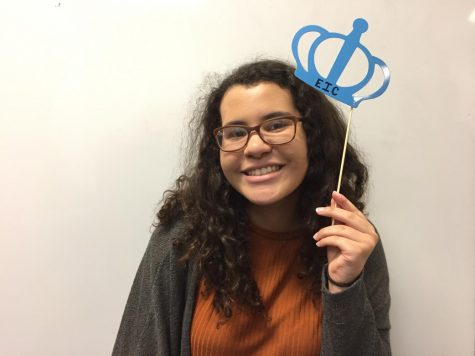
Emma Lowey is a senior and a Online Editor-in-Chief for the the Pony Express. She enjoys volunteer work and political activism. She is also president of...



